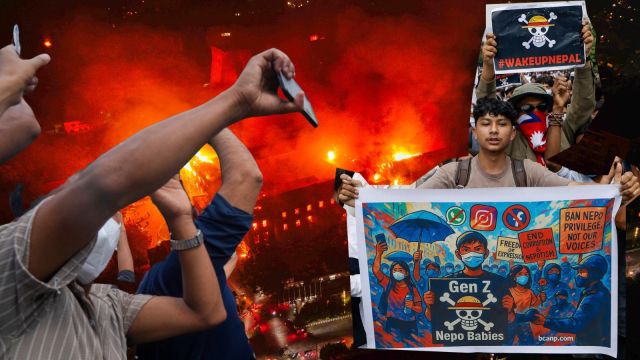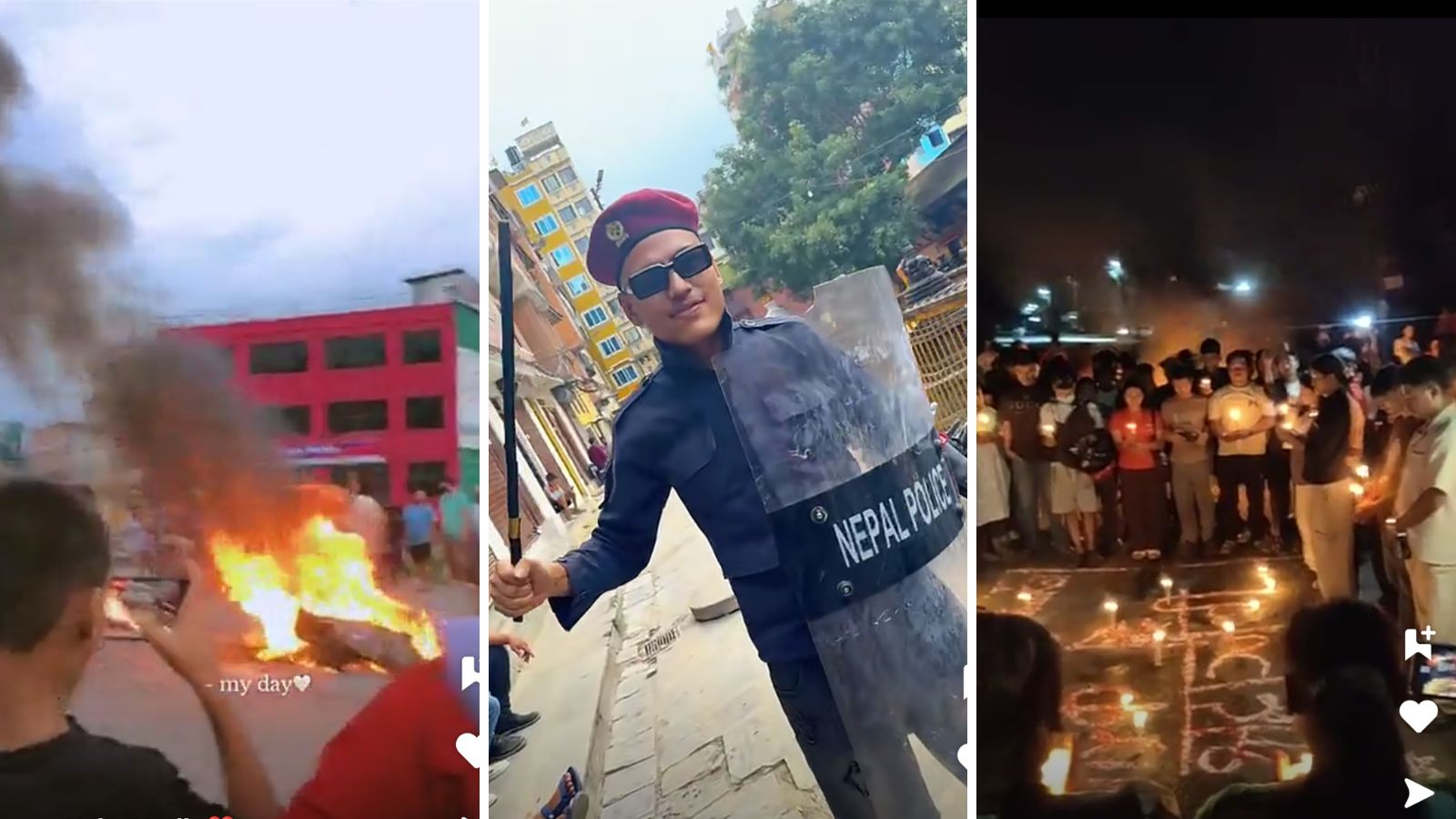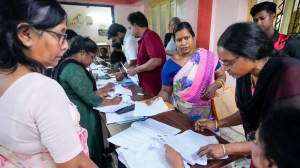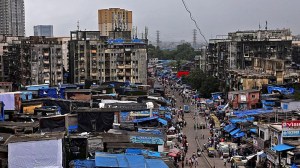Back in 1970, American poet and musician Gil Scott-Heron warned that “the revolution will not be televised”. In today’s algorithm-driven world, Nepal’s revolution was not only televised but reel-ed, Snapchatted, and streamed in real time.
For years, Nepal’s youth have been watching their rights being snatched away and their prospects shrinking at the hands of a corrupt political class. Until they had had enough. The final straw had been the government’s ban on social media, which ended up igniting the very uprising it hoped to contain.

On September 8, youngsters stormed out onto the streets, demanding an end to corruption and social injustice. The protests quickly spread online as well, and social media became a powerful tool to mobilise the masses and drive change.
Reaching millions of screens
Viral videos captured assaults on political leaders, the ransacking of their homes, and their frantic escapes by helicopter. Within hours, they had racked up hundreds of thousands of views, sparking fierce debate online. Many condemned the violence, while others voiced support for the uprising.
Echoing the spirit of the West’s “eat the rich” campaign, protesters turned their anger toward wealthy leaders. Residences were set ablaze. Clips showed demonstrators showering money, allegedly seized from these homes, while others smashed the furniture. The Singha Durbar, Nepal’s seat of power, along with the Supreme Court, political party offices, and even luxury hotels like the Hilton, were engulfed in flames.
Much of the chaos unfolded live on Snapchat. Shaky, grainy snaps revealed tires and buildings burning in Kathmandu, and victory rallies on motorbikes. One clip showed a young man grinning in a stolen Nepal Police hat, shield, and baton, as someone off-camera dubbed him “Gen Z police.” Another video captured youngsters gathered around a candlelit graffiti to mourn the 19 protesters who had been killed.
 Visuals of Nepal Gen Z protesters shared on Snapchat
Visuals of Nepal Gen Z protesters shared on Snapchat
In countless clips, Gen Z protesters can be seen filming the chaos on their phones. In one surreal scene, a young man recorded a TikTok dance as flames rose behind him. Another viral video, which quickly garnered over 5 million views on YouTube, showed British travel vlogger Harry of the channel ‘We Hate The Cold’ sprinting through the streets of Kathmandu as Parliament burned. His cheerful exchanges with protesters made for a jarring contrast, until he finally admitted: “I am going to get the hell out of here.”
Social media as a protest tool
Story continues below this ad
The online ubiquity of the Nepal protests also proved–once again—the power of social media to mobilise and empower. Long before the protests broke out, Nepal’s youth had come together to expose the corruption of the political elite. Every evidence of luxurious vacations, high-end purchases, or any indulgence was screenshotted and shared under the hashtag ‘NepoKids’.
The allegation is that those in power were accumulating wealth from taxpayers to fund their children’s vacations and businesses, while a large chunk of the populace (over 20 per cent, according to the United Nations Development Programme) lived in poverty. So, when the government banned social media, it was seen as a direct attack on free speech.
During the short-lived ban, the youngsters turned to VPNs (or virtual private networks that allow users to circumvent these bans, using a secure, unmonitored network to connect to the Internet). In a September 7 post on X, Proton VPN, a service provided by Swiss company Proton AG, shared that VPN connections from Nepal had spiked 6,000 per cent in just three days. There was a marked interest in VPN searches on Google as well.
Hami Nepal, one of the rallying organisations behind the protests, also mobilised thousands of members through Discord. As of September 11, the ‘Youth Against Corruption’ Discord server had over 1.4 lakh members. Here, users, often behind anonymous or random display names, engage in regular discussions.
Story continues below this ad
Gen Z turned to memes, shitposts, and songs to rally support. One person recreated the viral ‘aura farming’ boat-racing dance on top of a burning building. Another showed up with a placard that read, “So f**cked up, even the introverts are here”. Many carried the image of the Straw Hat Pirates’ Jolly Roger flag from the popular anime One Piece, which stands for the liberation of those oppressed.
This mobilisation through social media joins a long list of protests across the world, where hashtags and digital channels have fuelled uprisings.
Parallel protests in Indonesia against inequality are also being led by students, gig workers, and unemployed youth. The protests were widely covered on social media, prompting TikTok to suspend the ‘LIVE’ feature in the country for security reasons. Protesters mounted online dissent through hashtags and shared viral videos of police brutality, which sparked outrage. In fact, support flooded in from neighbouring Malaysia, Singapore, the Philippines, and Thailand, with the hashtag ‘SEAblings’, a play on South East Asia’s acronym.
The use of social media as a protest tool dates back to 2010-11, during the wave of uprisings in West Asia, or the ‘Arab Spring’, which was famously termed the “Facebook revolution”. Tunisian academic Haythem Guesmi writes that activists turned to Twitter and Facebook to “organise and amplify their demands”. However, he also cautions against calling it the sole enabler of the protests, stating that “social media was just one channel of social and political networking among many others”.
As Nepal slowly returns to normalcy, the protests stand as a reminder of the immense power of social media to mobilise, unite, and amplify collective strength. Nearly half of the country’s 29 million people are active online, using these platforms to raise their voices, search for jobs, and build networks across borders. Social media also helps them stay connected to Nepal’s vast diaspora, whose remittances form a critical pillar of the national economy.
Story continues below this ad
Many young voices have also used the platform to grieve the violence and hope that a “Naya Nepal” will rise from the ashes. For now, they seek solace in the lasting symbol from the protest: the bold orange letters spray-painted onto the Parliament building, declaring, “We won.”



 Visuals of Nepal Gen Z protesters shared on Snapchat
Visuals of Nepal Gen Z protesters shared on Snapchat




























